The brazen killing of Melbourne gangster Nabil Maghnie remains unsolved five years later
Notorious Melbourne gangster Nabil Maghnie — a self-described ‘Mad Leb’ — was shot dead in daylight on a residential Melbourne street in front of two witnesses. Thursday marks the fifth anniversary of the brazen killing and the underworld’s code of silence remains unbroken.
Victoria
Don't miss out on the headlines from Victoria. Followed categories will be added to My News.
At first glance, the shooting death of Nabil Maghnie looked destined for a quick resolution.
The crime, which stunned Melbourne’s underworld five years ago on Thursday, was carried out in daylight in front of a home on busy Daltons Rd, Epping.
There were witnesses, two of whom were wounded by the same gunman who murdered Maghnie.
When it was over, the shooter did not take off in a getaway car to be torched a few suburbs away, as is normally the practice after such matters in the northern suburbs.
He simply walked calmly back into a house from which he had emerged armed moments earlier as Maghnie was dishing out a bashing.
It looked like a case which might be solved in the short-term but, as yet, there are no charges over the bloodshed.
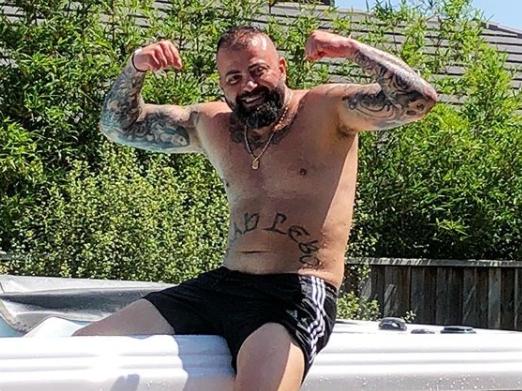
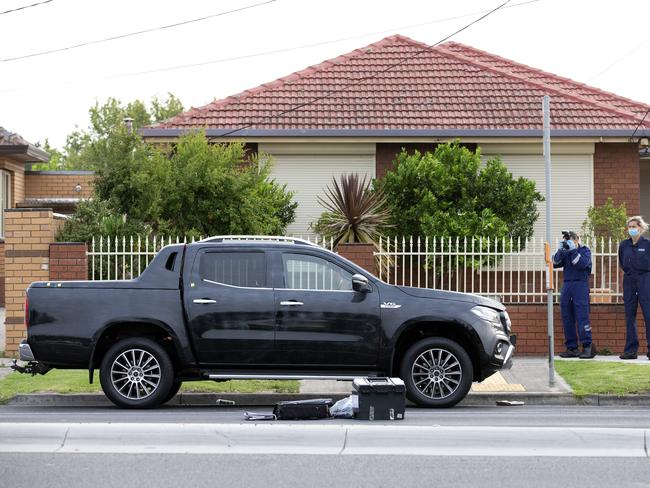
Maghnie died as he lived — with his hand out for money.
A key element of his criminal activities was debt collection and, it’s fair to say, the approach was unsophisticated.
“Leave it to the Mad Leb,” he was known to tell those who had engaged his aggressive cash recovery skills.
Maghnie’s reputation for violence and volatility served him well for years as a freelance money extractor, operating at times as an agent for the Comanchero bikie gang.
Those who were unwilling to pay often found the means when confronted by the bearded hard man whose macho tendencies were augmented by testosterone treatment from a north suburban clinic.
But on January 9, 2020, Maghnie collected only lead when a final strongarm mission ended with him lying in a pool of blood outside the Epping home.
It was a bizarre demise for the feared Middle-Eastern organised crime figure who was always at risk of violent death, but not necessarily in the circumstances that claimed him.
Maghnie had turned up at the property to demand compensation of up to $50,000 over a minor car accident and subsequent alleged altercation which had left his daughter Sabrine with a black eye.
He is alleged to have assaulted a man at the house before someone suddenly emerged from inside with a gun and killed Maghnie in cold blood.

Two witnesses — his son Abbas Junior and another man who had travelled with them — were among those who would probably have got a look at the triggerman.
Abbas, in line with the underworld code on such matters, later declined to help the homicide squad’s investigation.
The killer fired until he ran out of bullets then walked away.
The murky world of Maghnie made the subsequent homicide squad inquiry more complex than it might have appeared at first blush and meant a set-up had to be considered.
His activities and connections meant he had been implicated in two murder inquiries in the year before his death, though he was cleared of involvement in both.
Maghnie was known as someone who could supply guns to those who needed them and as being happy to use them himself, if the need arose.
Investigators had to look at the possibility the killing was not a spontaneous crime and that someone fed up with his intimidation tactics had brought in a “bigger dog”.
The victim had a long list of enemies and others who might have benefited from him being out of the picture for good.
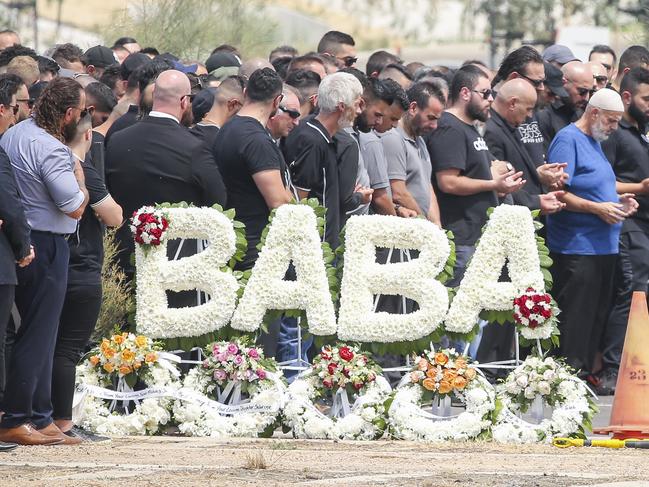
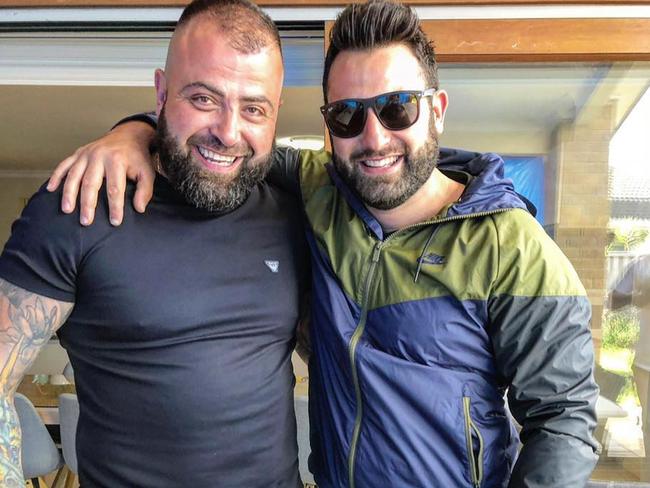
Maghnie’s foes included then-powerful gangster George Marrogi, who was a suspect in a 2016 shooting ambush in which he almost died.
He was on bad terms with the Mongols bikie gang, having punched on with members of the gang in a confrontation at the Gotham City brothel in South Melbourne.
Then there were the sundry others Maghnie and his gunman mate Gavin Preston had upset while working in tandem over the years.
One man scrutinised was a gangland war veteran who had potential to be engaged for an assignment as tricky as eliminating Maghnie.
The gangster would have been a good fit and lived not far away, but was ruled out as investigators dug deeper.
Maghnie had ridden his luck for years and the fear he struck in people might have been what got him killed in the end.
He had twice been the victim of non-fatal shootings, on one occasion driving himself to hospital.
As one observer remarked at the time of his death, Maghnie living to 44 was like a normal member of the community making it to 120.
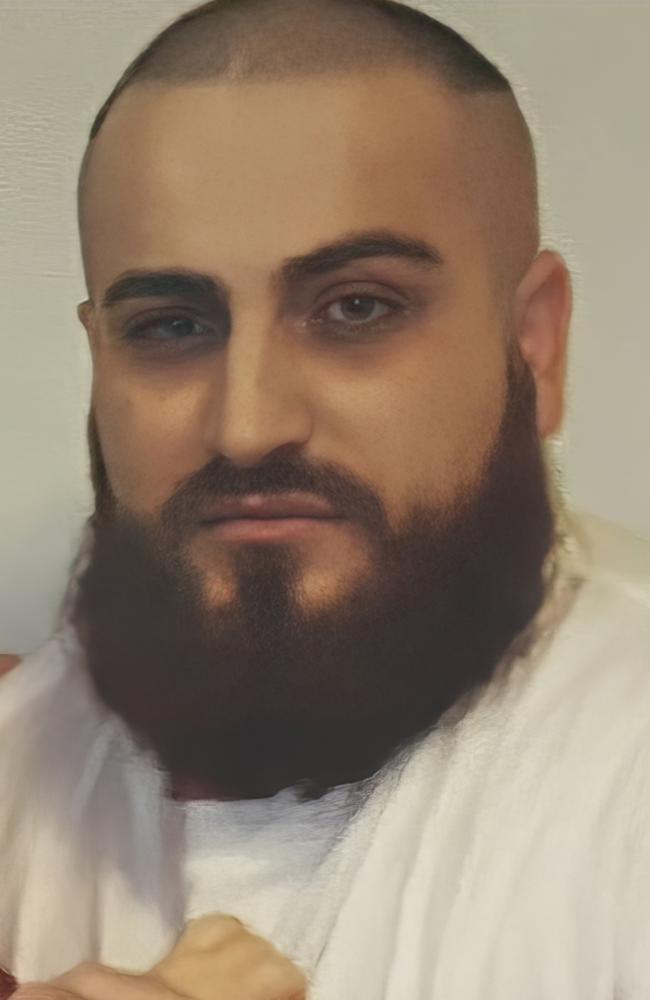
The whole “Mad Leb” schtick was part of his business model.
He had the words tattooed on his leg and cultivated the image of an unpredictable, dangerous man who was unconcerned about what the future might hold.
After death, footage surfaced of him travelling through the countryside blasting out “Ride Like the Wind”, seemingly without a care in the world.
But even crazy underworld figures have their limits.
In one case towards the end, Maghnie was insistent on getting documents proving the existence of the debt after a complaint from a would-be payer.
He knew that the kind of people who engaged him – in this case a ruthless bikie gang – were not beyond falsely claiming money was owed.
Meanwhile, life has been eventful for the family of Maghnie.
Last year, Abbas Junior survived being shot at a Keilor cafe in the brutal ambush which took the life of Nabil’s old running mate Gavin Preston.
Sabrine took up with George Marrogi’s brother Jesse, who is believed to be a target of powerful Melbourne organised crime figures.
A Victoria Police spokeswoman said homicide squad detectives continued to investigate Nabil Maghnie’s death.
“Detectives have spoken to a number of people in the course of the investigation, however are yet to charge anyone in relation to the incident,” she said.
Anyone with information can call Crime Stoppers on 1800 333 000 or visit the website www.crimestoppersvic.com.au.



